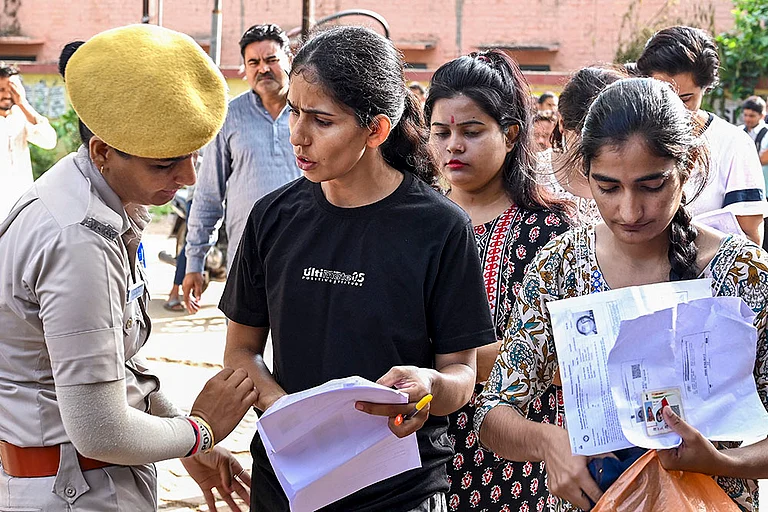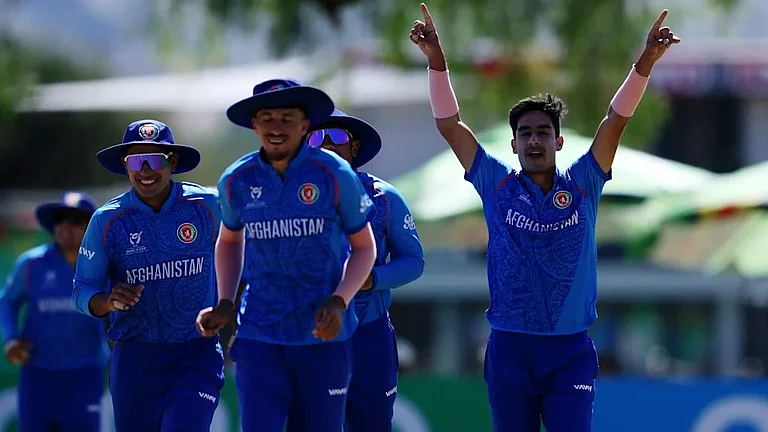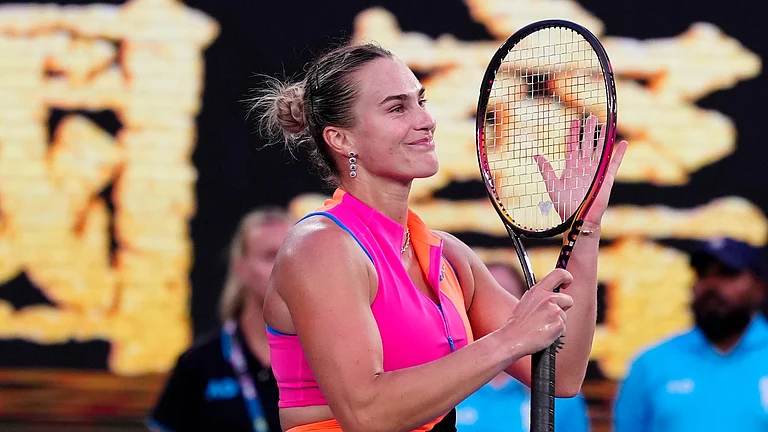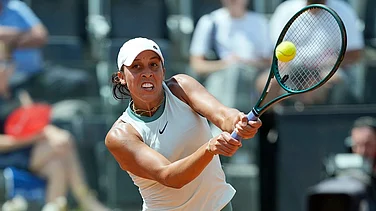Once upon a time, the West Indies were the most feared cricket team in the world. From the mid-1970s almost to the mid-1990s, the West Indians dominated cricket like no team in sport ever has. (World Cup 2023 | Cricket News)
“Not for a tournament, not for a season or for five years, but for the best part of two decades,” Simon Lister writes in his award-winning book Fire in Babylon.
A dominance fuelled by the 'Fire in their Bellies', a spark that had been fanned to a flame by years of oppression and deprivation, across generations.
Till one day they decided they’d had enough and would take no more. And over the next two decades, it was payback time by a bunch of all-time greats, who happened to come together as a team.
It was a hurt that had been building up over the years and remains just below the surface even now, as evidenced by the legendary Michael Holding’s highly emotional and impassioned outburst on television, just before the start of the first Test match between the West Indies and England in July 2020 that marked the return of international cricket after the COVID layoff.
Also Read:The Emerald Isle: War And Peace At Play In Sri Lanka
West Indies’ dominance began with the comprehensive victory over England in the 1976 series and was the first of seven consecutive series wins over the progenitors of cricket that were to follow. For close to the next two decades, the West Indies dominated international cricket, not losing a series for 15 years since 1979. Seldom, if ever, has a team ruled the game for so long and so well.
Their ODI record was even more formidable and between 1975 and 1987: they won nearly 74 per cent of all the ODIs that they played, which is three wins in every 4 matches played over a period of 12 years.
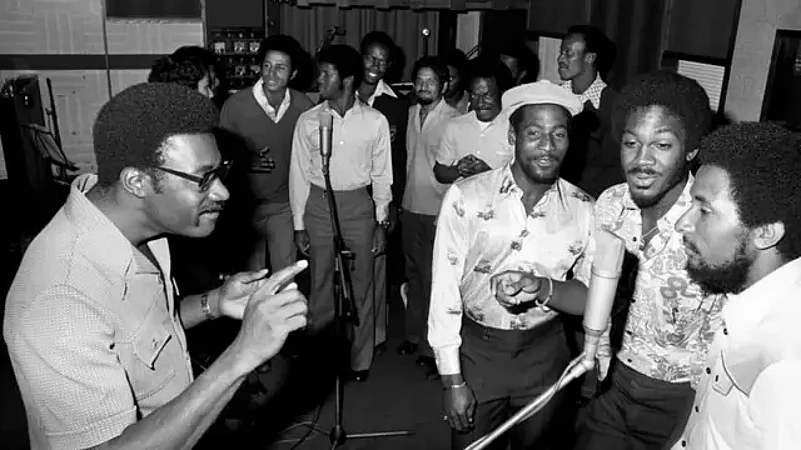
The term ‘invincibles’ sat well on their shoulders.
Earlier in the 1975/6 Season, the West Indies had toured Australia and played a six-test series that was labelled an unofficial World Championship. It proved to be a big disappointment and though many West Indian players showed patches of individual brilliance, the team as a whole suffered from internal dissent and indiscipline and were defeated 5–1.
Gordon Greenidge described the tour as "a collective debacle and a personal nightmare," while Michael Holding said "There was plenty of argument and dissent at team meetings and in the dressing room. Well before the end our spirit was broken and we were divided among ourselves".
But all that was to change spectacularly over the next 15 years, as the team held sway over proceedings in the cricketing world.
All good things must come to an end, however, and gradually, from those dizzying heights, it all started to fall apart in the ‘90s. West Indies cricket has now been in terminal decline over the last two decades. Its present status of not having qualified for the Men’s ODI World Cup, which they won twice in the ‘70s, is probably the lowest point in the 95-year-old history of this once-great force in international cricket, dating back to 1928.
Also Read: The Best Gift Ever, From Our Boys
A lot has been written about the spectacular decline and the reasons for it. About the low pay of the players compared to remuneration from cash-rich T20 Leagues, the never-ending disputes with the Board over scheduling and having more say in managing their careers, team selection etc. And while these are all valid reasons, we must perhaps first look at what made West Indies cricket great for close to half a century from the late 40s till the late 90s, riding on the glittering successes of some of the greatest cricketers ever produced.
For the first 32 years after gaining full Test status, they played under white captains, barring a solitary Test match in 1948 when the ‘Black Bradman,’ George Headley led the side. This remained the case till the legendary Frank Worrell took over the reins of the side in 1960 after popular protests from fans and impassioned pieces written by iconic cricket journalist CLR James, who many believe was as good as Sir Neville Cardus, finally helped shake off the lethargy of an archaic system.
By this time, West Indies were already a great Test side with the three Ws – Worrell, Weeks and Walcott - Gary Sobers, Rohan Kanhai, Wesley Hall, Charlie Griffith and others, all of them household names in international cricket. The 1960-61 tour to Australia under Worrell, which produced the first ever, and arguably most famous tied Test, showed the world just what they were capable of.
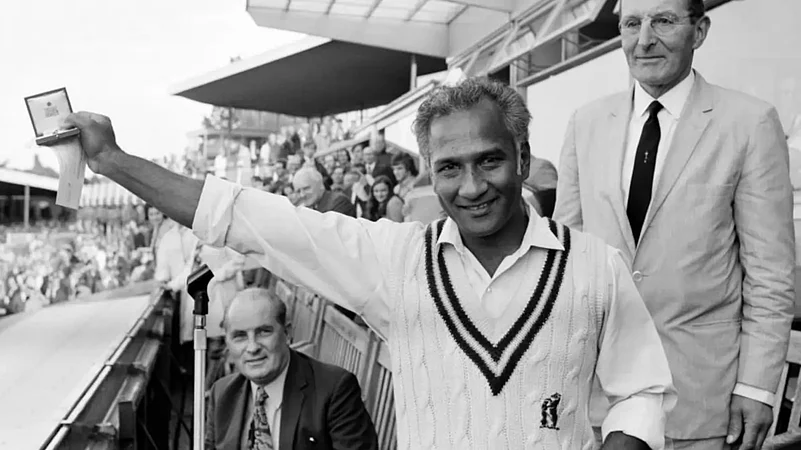
Many of these great West Indian players came from very humble backgrounds and the case of Sir Everton Weeks typified the quintessential rags to riches story that symbolised that generation of ‘gentle giants,’ and a lot of other players coming out subsequently of the Caribbean as well.
There is a popular saying in cricket that the West Indians never sledged, because, with their prodigious talent, they didn’t need to!
Also Read: BCCI’s Emphasis On IPL Over Ranji Trophy Will Harm Indian Cricket In The Long Run
The Everton Weekes journey is perhaps the classic Caribbean story, a tale of how materially poor households produced young men who battled adversity and poverty and achieved success and global fame, on sheer talent, fierce discipline and determination, while retaining their humbleness and generosity of spirit.
This sentiment was aptly described by the former Prime Minister of Barbados Owen Arthur, who paid tribute to Weekes on his passing in 2020, saying “Through his excellence on the cricket field, Sir Everton helped in a fundamental way to change Barbados for the better, forever, by proving that true excellence cannot be constrained by social barriers.”
Born in a wooden shack in Barbados, near the Kensington Oval, which was to later become the scene of many of his most famous triumphs, Weekes was named by his father after the English football team Everton. His family was poor and his father was forced to leave home to work in the Trinidad oilfields when Weekes was eight. He did not return to Barbados for the next eleven years, sending back money to the family all the while. In the absence of his father, Weekes and his sister were raised by his mother and an aunt.
As a boy Weekes assisted the groundsmen at Kensington Oval and often acted as a substitute fielder, in exchange for free entry to cricket matches, affording himself the opportunity to watch top international cricketers, from up close. In 1943, he enlisted in the Barbados Regiment and served as a Lance Corporal until his discharge in 1947. This was significant because it allowed him to play for the Garrison Club, which facilitated his passage to first-class cricket, something that would not have been possible otherwise since his local club Pickwick only allowed white players at the time.
And the rest, as they say, is history.
Most other Cricketing legends from the West Indies of the time, followed similar pathways as they went about making a name and a life for themselves in the cricketing world and lifting their families out of extremely modest situations. And even the ‘greatest-ever’ team of the ‘70s and ‘80s, carried forward that legacy and those traditions, to a large extent.
But the arrival of deep pockets of franchise cricket was to change all that. It altered the definition of money and financial expectations of West Indian cricketers, as they sought and demanded financial parity with the players from the rest of the world.
By the ‘90s, the much-talked-about decline of West Indies cricket had commenced. That cricket had become a second or even third-choice sport for young people, with basketball, athletics football and other Olympic sports sitting well above it in the pecking order, has been common knowledge for quite some time now. This is trotted out as the primary reason for the decline of West Indian cricket by most.
But legendary pacer Michael Holding, a star from that iconic 1976 West Indies side and a very respected voice in the commentary box for close to two decades, has a completely different view on this. According to him, the current West Indian cricketers’ interest and liking is for T20 cricket alone. “That (youngsters losing interest in cricket) has been said incorrectly for years. Just look at the number of West Indies cricketers playing T-20 in various leagues around the world.
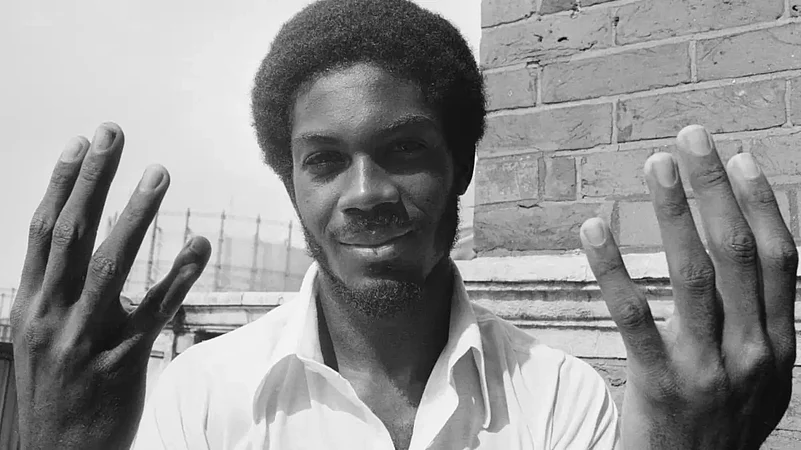
“That’s where the interest is because that’s where the money is. Playing for the West Indies alone, they get left behind (financially),” he says in his typical no-nonsense way.
So why are West Indies cricketers underpaid by their Board? “They’re paid what the Board can afford. If the T20 tournaments weren’t around, it would be a good salary. They earn more than what 95 per cent of the rest of the people in the Caribbean do. But compared to the T20 earnings of other international cricketers, it’s meagre,” Holding goes on.
And so, players like Sunil Narine, Shimron Hetmeyer and Andre Russell -- legends in the franchise world -- aren’t even available to play international cricket for the West Indies. “They are not the only ones. On one West Indies tour to Australia, there were more Windies players in the Big Bash League, than for the West Indies,” he adds.
And that is the real reason for the decline.
Times have changed, expectations have changed, the reasons for living life in a certain way have changed; the definition of money itself has changed and what was good enough for an earlier generation, simply is not good enough anymore.
Barbados has always been the cradle of West Indies cricket and it is often said that when Barbados is strong, West Indies is strong. A tiny 166 square miles island in the Caribbean, it has produced more than a hundred international cricketers and probably has the highest density of Test cricketers produced per square mile, anywhere in the world.
Cricket is in the blood of Barbadians, much like football is for the Brazilians. They are naturals; have always played Cricket.
Roland Butcher who played Test cricket for England but has been a part of the cricket coaching and administrative scene at Barbados for years, makes a very interesting point when he adds “In the past people of colour were limited in the sports they could do and for me, growing up in the country, all that was available was cricket and track and field. Most of the great players came out of informal cricket, kids playing among themselves. There was no coaching and the game itself was the teacher.”
“We played anywhere and everywhere. Playing on the beach, the edge of the surf, the ball skids on from the surface and your reactions have to be quicker. When we played on turf we prepared the pitches ourselves, picking out stones, wetting it and rolling it. But the ball still deviated and you needed sharp reflexes. These may seem like disadvantages but they became advantages for us.”
“Before, we were different from the rest of the world, playing free and spirited cricket. But we joined the bandwagon of restrictive coaching and it doesn’t always allow for players to play naturally, they get caught between two stalls.”
And maybe this is another reason for some of the poor performances of recent years. Players like Kanhai, Sobers, the three Ws, Richards, Kalicharan, Gordon Greenidge, and Brian Lara were all natural strokemakers who possessed a flair for the unorthodox that remained unfettered throughout their glittering careers and brought them such rich dividends. Too much coaching restricts that finesse and often produces mediocre, journeymen cricketers. When you consider that none of the current West Indian batsmen average over 40 in First-class cricket, you are forced to take that thought seriously.
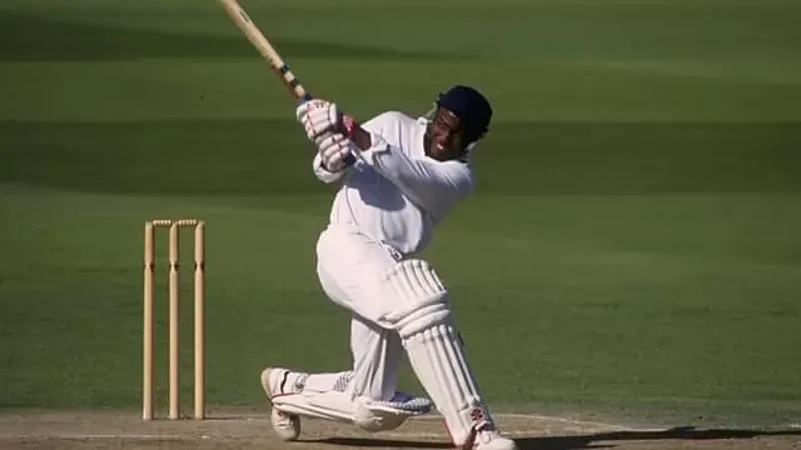
Many West Indies cricketers, however, still possess this natural flair, which is why they are so much in demand in T20 cricket, all over the world. And since these are far more paying than playing traditional red ball or ODI cricket for West Indies, that is where most of the current lot of talented cricketers have gravitated to.
This is not something new, since in the past, almost the entire West Indies Test side made up of all-time greats, went over to Kerry Packer’s World Series Cricket (WSC) for better pay in the 1970s. As did Test players of other nations, and only returned to the traditional Test match fold after the WSC row was resolved.
Some West Indian greats like Alvin Kalicharran and Lawrence Rowe, Collis King and Colin Croft, to name a few, went over to South Africa on well-paid ‘rebel’ tours when the Proteas were still banned from international sport due to Apartheid. The present poaching by the global T20 franchises is just an extension of these precedents and can be justified by the right of players to earn more, so that they and their families may live a better life.
One thing remains certain though, having tasted these much higher compensations, it is unlikely that the best players will ever want to come back and play for the West Indies again if the pay does not improve and the scheduling and overall number of games cannot be worked out in a way that suits their requirement of safeguarding themselves from “overuse” injuries.
The same thing will pass on to the next crop of players although there are, perhaps not unfounded concerns about the general quality of talent available now. So, unless these issues can be addressed by the International Cricket Council in conjunction with Cricket West Indies, it seems unlikely that the West Indies side will be returning to their iconic world-beater status anytime soon.
And therein, lies the twist in the tale.
The views and opinions expressed are those of the author. The author is a veteran Wing Commander of the Indian Air Force, who has played Ranji Trophy for Services.








